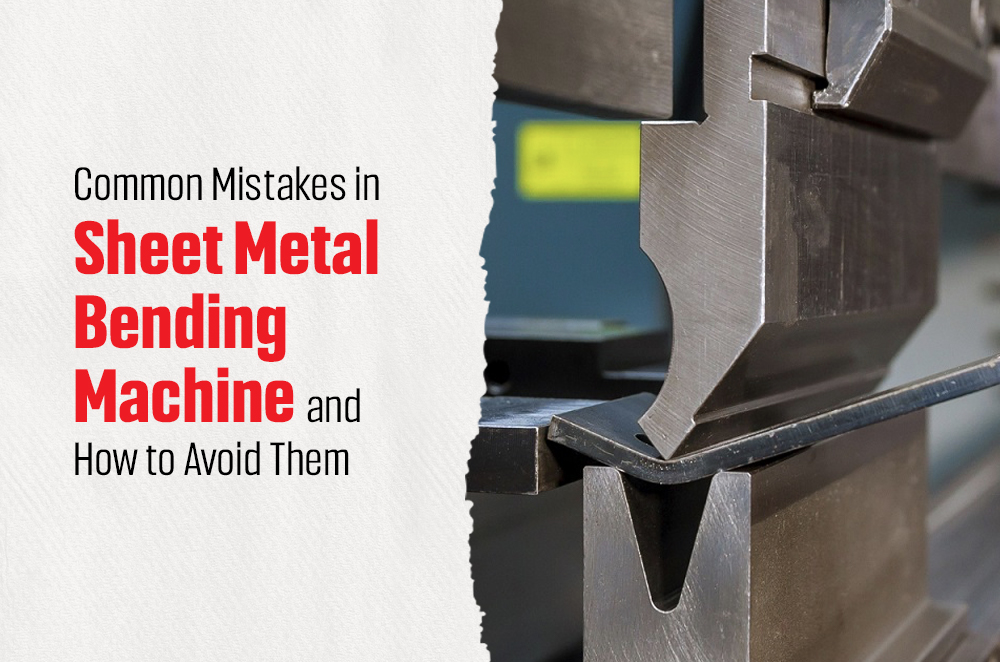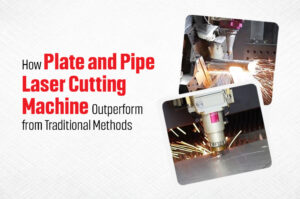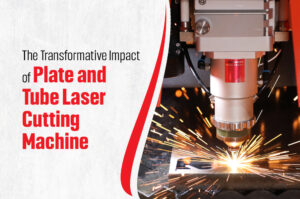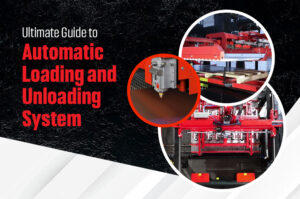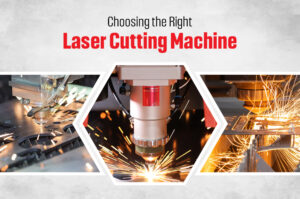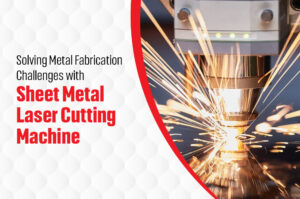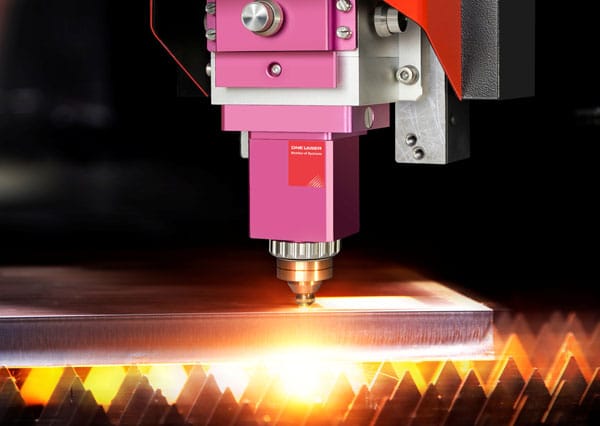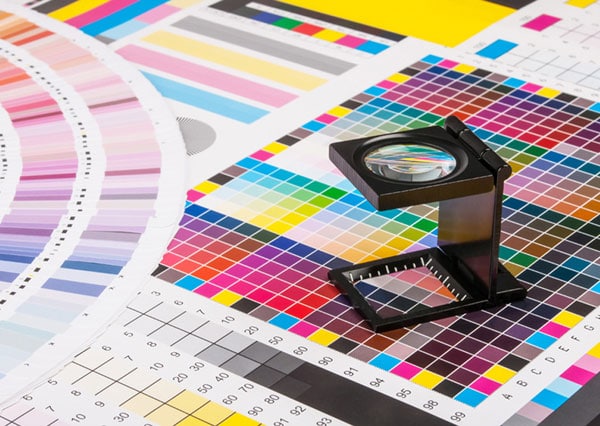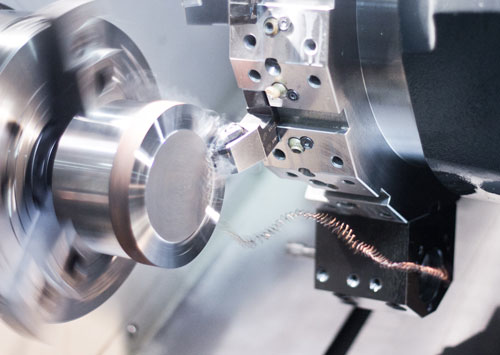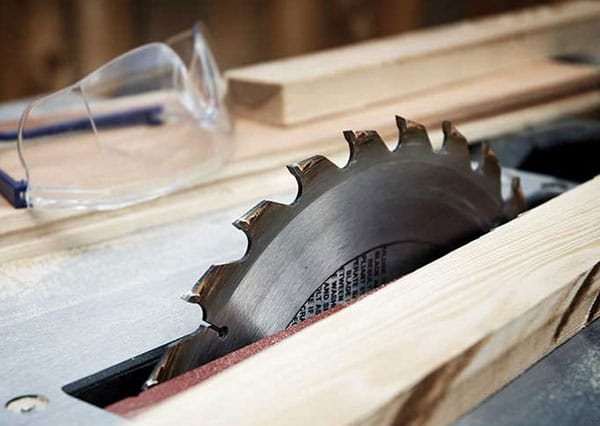The CNC sheet metal bending machine has become a cornerstone of precision fabrication in today’s manufacturing ecosystem. With its automated motion control, programmable bends, and accuracy across repetitive tasks, it offers unmatched efficiency. However, even with high-tech features, operational mistakes can quickly lead to costly downtime, poor quality outputs, and increased material wastage. These errors are not always glaring. In many cases, they result from oversight, incorrect setups, outdated firmware, or neglecting calibration. Though minor at first, such lapses often snowball into large scale inefficiencies. Thus, understanding the key mistakes to avoid when operating a CNC sheet metal bending machine is essential for maintaining product integrity and operational profitability. This blog uncovers those common pitfalls. From poor material placement to skipped software updates, we’ll explore the real world consequences, and show you how to avoid them.
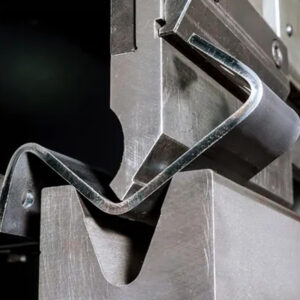 Mistake #1 – Incorrect Material Placement in CNC Sheet Metal Bending Machine
Mistake #1 – Incorrect Material Placement in CNC Sheet Metal Bending Machine
One of the most common errors in operating a CNC sheet metal bending machine is incorrect material placement. While CNC machines are designed for precision, they rely heavily on accurate input. If the metal sheet is misaligned at the start, even the most sophisticated bending program can’t compensate for that mistake. When material is not fed straight or is improperly seated against the back gauge, it can result in inconsistent bends or scrap worthy output. These mistakes increase not only material waste but also downtime due to rework.
To avoid this, always ensure that the sheet is flush with the back gauge before initiating the bending cycle. Double check your setup for every new job. Even minor burrs or surface imperfections can affect alignment, cleaning the work surface helps maintain accuracy. Using sensor systems or alignment verification tools can also enhance placement precision. These additional steps may seem time consuming, but they prevent much larger losses down the line.
Mistake #2 – Using the Wrong Tooling for the CNC Sheet Metal Bending Machine
Choosing the wrong tooling is a critical mistake that can lead to poor bend quality, machine damage, and costly downtime. The CNC sheet metal bending machine is engineered to work with specific punch and die combinations. Each tooling setup has limitations in terms of angle, radius, and material thickness it can handle effectively. For example, using a narrow V-die on thicker material may cause cracks, while using too wide a die on thin material can result in under-bending or deformation. This mismatch directly affects part accuracy and can strain the machine’s hydraulic system.
Always consult the machine’s bending chart and tooling recommendations before setup. Consider material type, bend angle, and internal radius requirements. Precision tooling matched with the correct material ensures better results and extends the life of your CNC sheet metal bending machine. To streamline your operation, maintain a dedicated tooling inventory categorized by application. This makes it easier to avoid confusion and reduces setup errors.
Mistake #3 – Overlooking Springback Calculations in CNC Sheet Metal Bending Machine Operation
Springback is a natural occurrence that happens after the metal has been bent. And it attempts to revert to its original shape. If not accounted for, springback can result in inaccurate angles and inconsistent part geometries, leading to rework or rejection of the final product. Even with a CNC sheet metal bending machine, assuming that a programmed bend angle will deliver the perfect result without compensating for springback is a major mistake. The amount of springback depends on material type, thickness, grain direction, and even tooling design.
To avoid this issue, operators should pre calculate springback and program compensation into the CNC controller. Most advanced machines have built-in features for this, but manual input or corrections are often necessary when dealing with specialty materials or complex bends. It’s beneficial to conduct a test bend when using a new batch of material. Additionally, maintaining a documented reference for springback across various materials and thicknesses will make future operations more efficient.
Mistake #4 – Neglecting Preventive Maintenance of the CNC Sheet Metal Bending Machine
Your CNC sheet metal bending machine is a precision-engineered asset. However, like any high-performance equipment, it requires consistent maintenance. Skipping preventive care is one of the most expensive mistakes manufacturers can make, yet it’s also one of the easiest to prevent. Over time, hydraulic systems can develop leaks, guides may wear unevenly, and sensors may drift from their calibrated settings. If left unchecked, these issues lead to inaccurate bending, reduced production speed, and in severe cases, machine failure. Such breakdowns result in production halts, expensive repairs, and delayed deliveries.
To prevent this, create a routine maintenance schedule. Regularly monitor oil levels, inspect hoses and seals, clean filters, and check sensor calibration. Lubricate moving parts according to the manufacturer’s guidelines. CNC sheet metal bending machines usually include maintenance logs, so be sure to use them consistently to track performance and catch potential issues before they become major problems. Additionally, trained technicians should conduct thorough inspections periodically. Investing in professional maintenance guarantees long-term precision and the overall health of the machine.
Mistake #5 – Neglecting Operator Training and Process Audits for CNC Sheet Metal Bending Machines
Even with the latest CNC sheet metal bending machines, the quality of results depends largely on the operator’s expertise. One common oversight is neglecting to invest in proper operator training and continuous process audits. CNC technology evolves quickly. Without continuous training, operators may miss updates in software features, safety protocols, or optimization techniques. An untrained or undertrained operator is more likely to misuse tooling, input incorrect bend data, or ignore early warning signs of wear and misalignment.
Moreover, regular process audits are essential to maintain consistency across shifts. Auditing not only helps identify human errors but also reveals inefficiencies in workflow, tooling management, and material handling. This kind of proactive approach is critical for reducing rework, boosting productivity, and enhancing part quality. Don’t assume experience equals expertise. Schedule refresher training sessions, provide easy access to updated manuals, and establish a clear Standard Operating Procedure that all technicians must follow when working with a CNC sheet metal bending machine.
Mistake #6 – Ignoring Software Updates and Machine Calibration in CNC Sheet Metal Bending Machines
Ignoring software updates and neglecting machine calibration is a serious mistake that can compromise the accuracy of your CNC sheet metal bending machine. These machines rely on sophisticated software to drive the bending process. Software updates often include improvements in performance, new features, and fixes for known issues, failing to keep the software up to date can lead to discrepancies between what is programmed and the machine’s output.
Equally important is regular machine calibration. Over time, components like the back gauge, ram, and tooling can wear, affecting the overall precision of your bends. Without proper calibration, even minor inaccuracies can accumulate, leading to defects or waste. A well-calibrated machine ensures that each part meets the required specifications, minimizing rework and boosting production efficiency.
Make sure to follow the manufacturer’s recommendations for both software updates and calibration schedules. Set up an automated system to alert operators when updates are available or when recalibration is needed. Regular maintenance of both software and hardware is crucial to ensuring that your CNC sheet metal bending machine remains in peak performance.
Mistake #7 – Not Accounting for Material Properties During CNC Sheet Metal Bending
Each material has its unique properties, and failing to account for these can lead to major issues when using a CNC sheet metal bending machine. Materials vary in terms of hardness, ductility, and tensile strength, and these factors directly affect the bending process. For example, a material with high tensile strength requires more force to bend, while materials with lower ductility may crack if bent too sharply.
A common mistake is to assume that all materials can be processed with the same bending parameters. Without adjusting the settings based on the specific material, the CNC machine may produce inaccurate bends or even cause damage to both the material and the tooling. Before beginning any job, make sure to input the correct material specifications into the machine’s software, including the material type, thickness, and any relevant mechanical properties. Properly programmed material properties not only ensure better bend quality but also extend the life of the machine and tooling. Incorporating these adjustments can reduce costly mistakes and produce a higher quality final product, which can ultimately improve customer satisfaction and reduce material waste.
Mistake #8 – Poorly Managing Batch Runs and Production Cycles in CNC Sheet Metal Bending
Efficiently managing batch runs and production cycles is crucial when operating a CNC sheet metal bending machine. Poor management can lead to significant issues such as increased setup times, inconsistent part quality, and unnecessary machine wear. When batch sizes are not optimized, or when production cycles are not properly planned, machines may experience frequent stops and starts, leading to inefficiencies. Additionally, without a clear production schedule, operators might rush setups or overlook necessary adjustments, compromising the quality of the bends.
To avoid these pitfalls, it’s essential to:
• Plan production runs based on demand forecasts and material availability.
• Group similar parts together to minimize tooling changes.
• Monitor machine performance and adjust schedules as needed to maintain consistent output.
Implementing these practices ensures smoother operations, reduces downtime, and enhances the overall efficiency of the CNC sheet metal bending process.
Mistake #9 – Overlooking Safety Protocols When Operating CNC Sheet Metal Bending Machines
Ensuring safety is paramount when operating CNC sheet metal bending machines. Neglecting safety protocols can lead to serious injuries and costly downtime. Operators must adhere to established safety guidelines to maintain a secure working environment.
Key Safety Measures:
• Personal Protective Equipment: Operators should wear appropriate PPE, including safety gloves, goggles, and steel toed boots, to protect against potential hazards.
• Machine Familiarization: Before operating the machine, ensure that all operators are thoroughly trained and familiar with the machine’s functions and emergency procedures.
• Workplace Organization: Maintain a clean and organized workspace to prevent accidents caused by clutter or misplaced tools.
• Emergency Procedures: Establish clear emergency procedures and ensure all operators are trained to respond effectively in case of an incident.
By adhering to these safety measures, operators can minimize risks and ensure the safe operation of CNC sheet metal bending machines.
SteelFab – Uniting the Future of Metal Fabrication Machinery

SteelFab is one of the premier exhibitions for the metal fabrication industry. It draws global attention to the latest advancements in the industry. Business Point International, UAE proudly took part in SteelFab 2023. We showcased our latest fiber laser cutting machine and our participation assisted in meeting the modern demands of metalworking processing. The event provided an excellent platform to engage with industry leaders and demonstrate live machine performance. We’re honored to play a vital role in driving innovation within industrial manufacturing and supporting businesses to embrace more efficiency.
SteelFab Event Highlights (2019 – 2025)
SteelFab 2019 – Exhibited our metal fabrication machines and high-speed fiber laser cutting machine. Watch the highlights: [https://youtu.be/QWVEXlSJVCc]
SteelFab 2020 – Showcasing advanced fiber laser cutting machine. Check it out: [https://youtu.be/RFrPcK-oNYo]
SteelFab 2022 – A stage for revolutionary metal processing machines and modernized fiber laser cutting machine. Watch here: [https://youtu.be/Uc8AufxYbGI]
SteelFab 2024 – Bringing together metal fabrication industry leaders and technology pioneers. Experience it here: [https://youtu.be/OM5jt_iJzfQ]
SteelFab 2025 – The future of fiber laser cutting machine and metal fabrication unfolds. See the event highlights: [https://youtu.be/JI1rplS7uDI]
Conclusion: Optimizing CNC Sheet Metal Bending for Precision and Efficiency
In the world of precision manufacturing, avoiding common mistakes with CNC sheet metal bending machines is crucial. From improper machine setup to overlooking material properties, each misstep can lead to costly errors and inefficiencies. By understanding and addressing these pitfalls, manufacturers can enhance product quality, reduce waste, and improve overall operational efficiency.
Why Choosing Business Point International Matters
For businesses seeking reliable and high quality CNC sheet metal bending services, Business Point International in the UAE stands out. With a commitment to precision, advanced technology, and a team of skilled professionals, they ensure that every project meets the highest standards. Whether you’re looking to prototype a new design or scale up production, Business Point International offers tailored solutions to meet your specific needs. Partner with Business Point International to enhance your production capabilities and achieve superior results in sheet metal fabrication. Contact us today to explore how our CNC sheet metal bending machines can contribute to your operational success.

